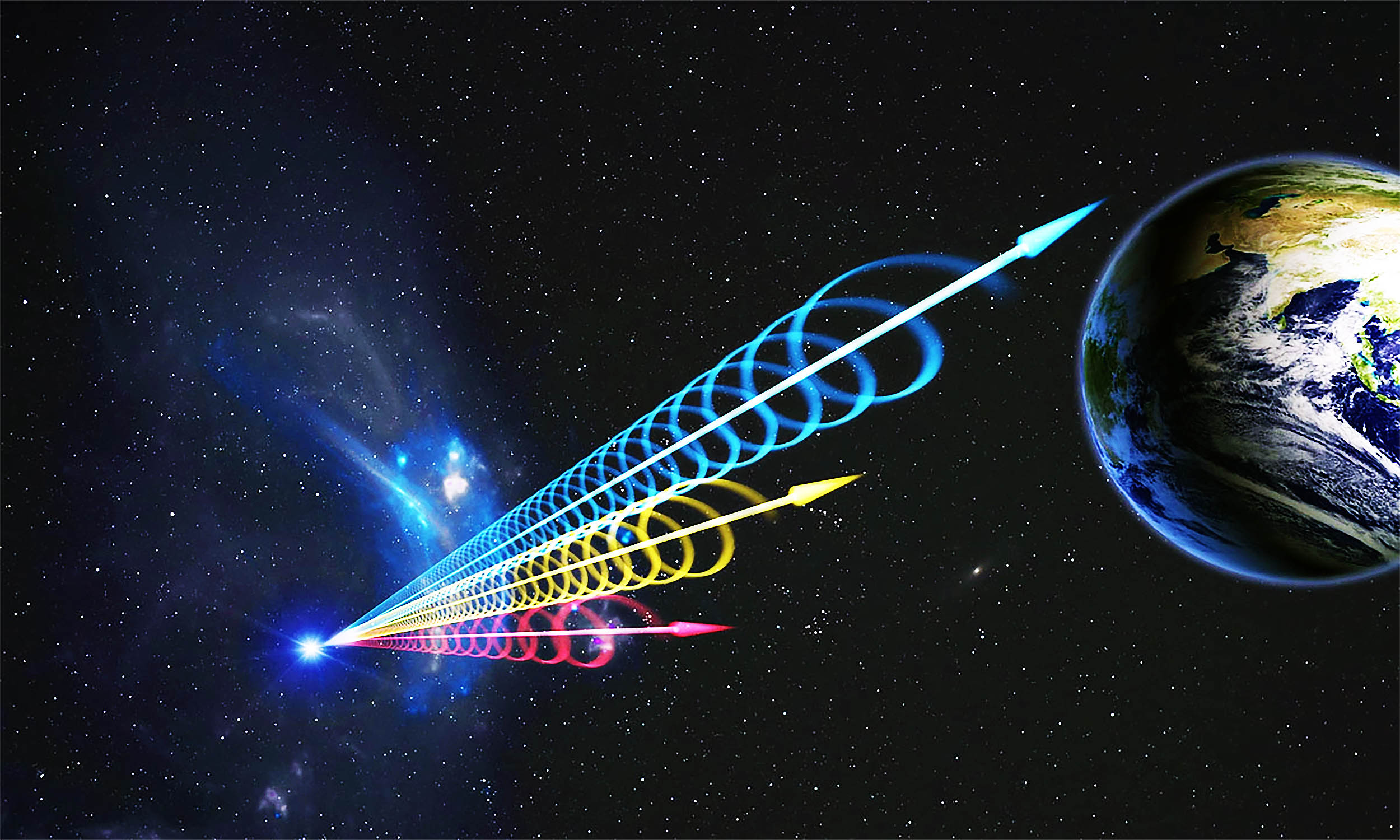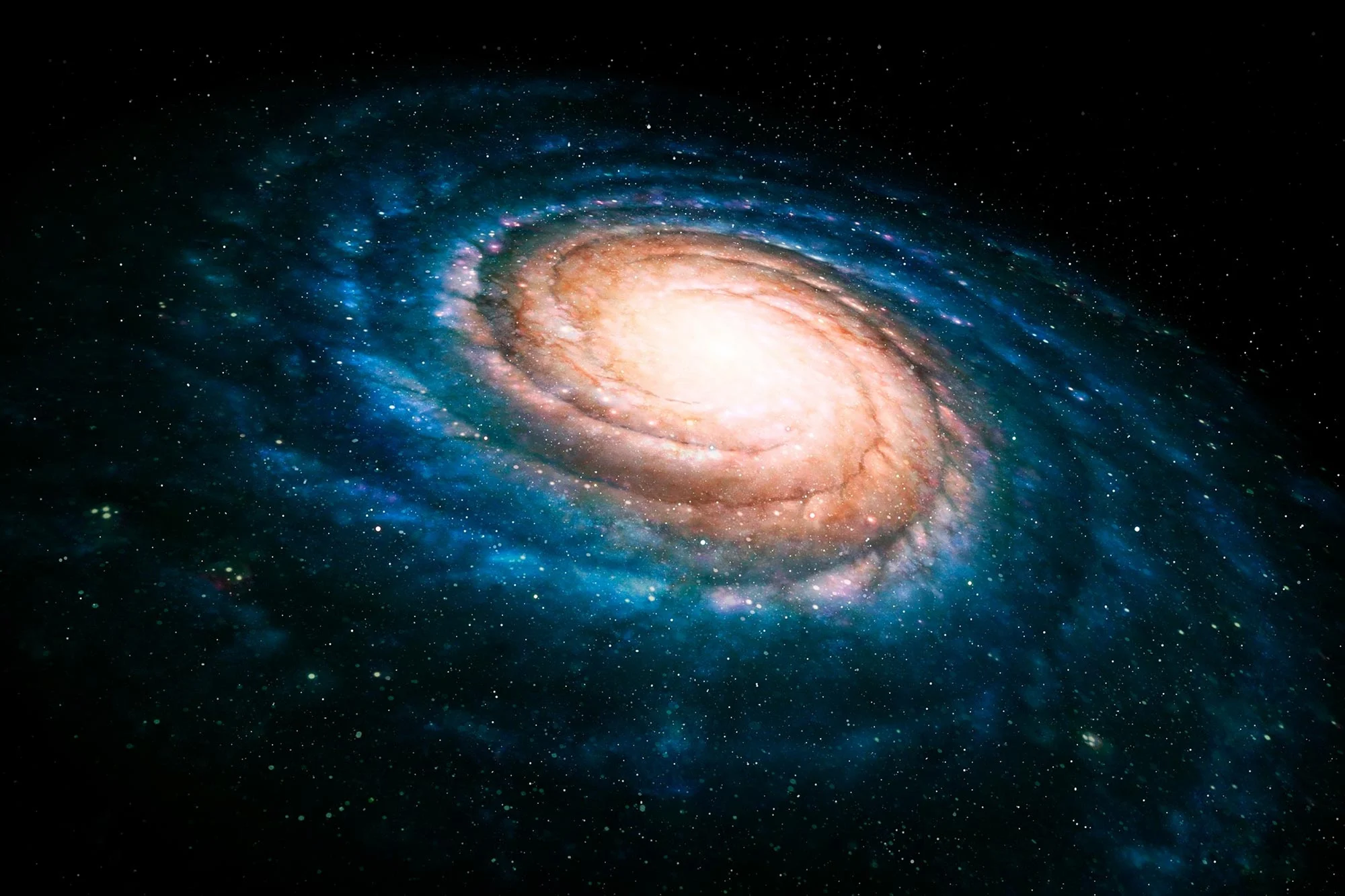The direct fusion drive could cut travel to Saturn’s moon Titan to just 2 years. Here is some key information for you to watch before deciding to read the whole article. Thanks for visiting us!
Fusion Power for Fast Space Travel
Scientists at Princeton Plasma Physics Laboratory (PPPL) are developing a groundbreaking propulsion system called the Direct Fusion Drive (DFD) that could drastically cut down travel time to distant planets. Using this innovative technology, spacecraft could reach Saturn’s moon Titan in just two years, compared to the many years it currently takes. Titan, with its hydrocarbon-rich surface, holds significant scientific interest and may even serve as a future refueling stop for interplanetary missions.
The DFD relies on the Princeton field reversed configuration-2 (PFRC-2) drive, which uses nuclear fusion to generate thrust. Fusion reactors, unlike traditional rocket engines, produce vast amounts of energy by heating plasma using radio waves. The plasma is then released through an open end of the reactor to generate thrust. The design is compact enough to be used in spacecraft while still providing a power output between 1 and 10 megawatts (MW), making it suitable for both manned and robotic missions within our solar system.
Two Modes of Operation for Efficiency
Researchers are exploring two different modes for the DFD. The first mode involves continuous thrust throughout the journey, while the second mode, much like a hybrid car, uses thrust only at the start to get the spacecraft up to speed. The choice of mode slightly affects the travel time to Titan, with the full-thrust mode taking about two years and the hybrid mode stretching the trip to about 2.5 years. Despite these differences, the system offers an enormous speed advantage over conventional propulsion methods.
One key advantage of the DFD is that it can power more than just propulsion. The reactor could also support all of the spacecraft’s systems, including life support, navigation, and onboard research equipment, making it an energy-efficient solution for long-term space missions.
A Future Vision for Solar System Exploration
While the DFD is still under development, with estimates placing its operational readiness about 30 years away, the next optimal launch window for Saturn’s moon Titan is in 2046. This gives the PPPL team a clear timeline to aim for as they refine their fusion technology. If successful, the DFD could be a major breakthrough in making interplanetary travel faster and more feasible for human exploration.
For now, the concept remains a futuristic goal, but the DFD’s potential to dramatically shorten space travel times, combined with its capability to power entire spacecraft, offers an exciting glimpse into the future of human exploration beyond Earth. Though it may be decades before we see a spacecraft using this technology, the Direct Fusion Drive represents a monumental step toward faster and more sustainable space travel.





With warp drive we could could get Titan in under 2 min… since we seem to speaking hypothetically
The fact that it would take 2 years to get there even if we had technology that lies 50 years in the future is a stark reminder of how big our solar system is. We will conquer it one day, but it’s going to take some time.
Also a reminder of how slow we travel.
If you could accelerate at a constant, comfortable 1g it would take you under two weeks to get to Saturn. You’d just need a drive with a specific impulse in the millions, and a way to generate high thrust without melting your ship.
“Just.”
Anyone else just appreciating the almost perfectly even mix of complete pessimism bordering on nihilism and folks who think we’re gonna be teleporting to Proxima Centauri next year?
Just once I’d like to see discourse that isn’t bogged down in sensationalist trash that also hasn’t been absolutely crushed to death by people who abandoned hope long ago. I feel more and more each day like we’re giving up on space as a species and that’s just sad.
[…] Read more […]